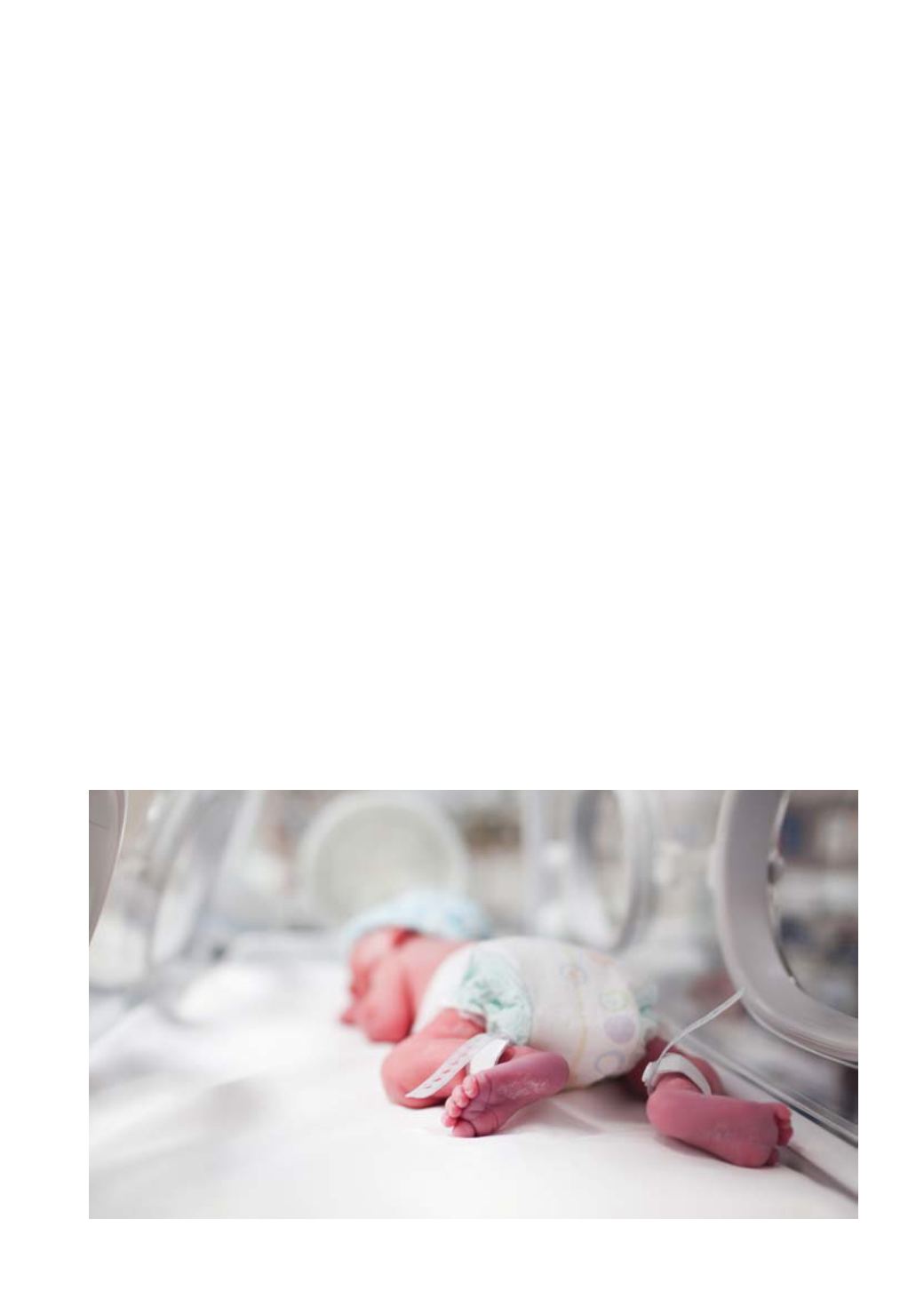
with a Caesarean section rate
of more than 15 per cent does more
harm than good. The Hong Kong
rates are well above this threshold.
A 2012 editorial in the
Hong
Kong Journal of Gynaecolog y, Obstetrics
and Midwifery
confirmed that the
Caesarean section rate among public
hospitals – where delivery costs are
absorbed by the institution – ranges
from 20 to 30 per cent. The rate
among private hospitals – where
delivery costs are charged to patients –
is a whopping 60 to 70 per cent.
Public teaching hospitals are
research-based institutions that
follow evidence-based guidelines
and international standards of care.
In obstetrics, the evidence shows
that vaginal delivery is safest for the
mother and baby, so it is logical that
public hospitals would have relatively
low C-section rates.
But unlike the government-run
public hospitals, the fees for private
doctors and hospitals are substantially
higher for elective Caesarean sections
and higher still for emergency
Caesarean sections. And private
hospitals add extra “auspicious day”
fees for bookings on especially notable
days in the Chinese calendar.
Planned Caesareans also offer a
better work-life balance for healthcare
providers. Instead of waiting around
while one patient labours, they earn
more by slotting in more consultation
and delivery fees during the day and
still make it home in time for dinner.
Is it a coincidence that surgical births
dominate the profit-driven sector?
“It’s only human to be tempted
by a more predictable schedule in
maternity care,” says Hulda Thorey,
registered Hong Kong midwife.
“When a client goes into labour,
it disturbs the whole day. I have to
reschedule all of my other clients and
commitments. I’ve missed many of
my daughters’ birthday celebrations
and school events. You can see how a
first-time mum might be influenced
to schedule her delivery instead of
waiting for labour to begin.”
Real risks and reasons
According to the Royal College of
Obstetricians and Gynaecologists
(RCOG), when compared to vaginal
birth, the risks of Caesarean delivery
to low-risk women include severe
blood loss; blood clots; uterine, wound
and urinary tract infections; bladder
and bowel injuries; an emergency
hysterectomy; complications from
anaesthesia such as nerve damage;
enduring incision site pain and
(although very rare) an increased risk
of death. It also is widely documented
that there is a longer recovery time
for mothers after a Caesarean section
than a vaginal delivery.
A woman who has had one
Caesarean has a 90 per cent chance
of having another. And women who
have more than one Caesarean have a
higher risk in subsequent pregnancies
of premature births, stillbirths, uterine
ruptures and a significantly higher risk of
placenta praevia and placenta accreta.
Risks to babies born by Caesarean
delivery include incision cuts and
short- and long-term respiratory
problems, including asthma. However,
not all doctors interpret the known
risks in the same way.
“Caesarean section delivery is
safest for the baby, and you can’t argue
with me on that,” says Dr Arabinda
Ghosh, consultant obstetrician and
gynaecologist at Matilda International
Hospital. “With vaginal deliveries, if
there’s the slightest hint of a problem,
you have to act quickly.”
Across medical literature, only
about 5 per cent of all Caesarean
sections are classified as true
emergencies. Most of the indications
for Caesarean deliveries – elective or
emergency – fall within a grey area
where the final judgement usually lies
with the obstetrician.
November 2013
63


